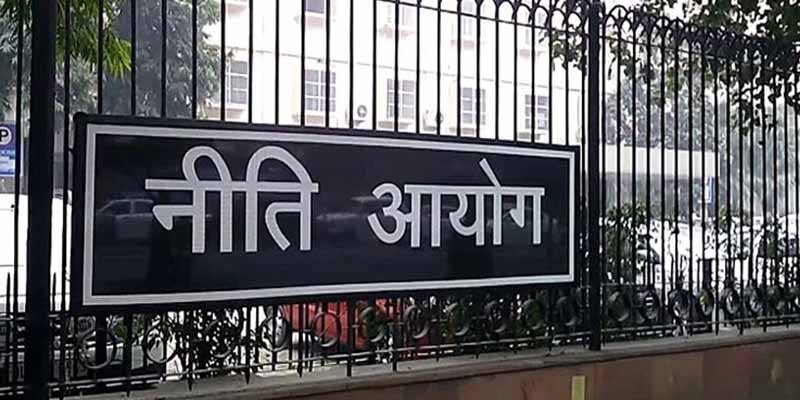- India
- Oct 13
- Mathew Gregory
Governing Structure of India Energy Modelling Forum
Further to the constitution of the India Energy Modelling Forum (IEMF)—jointly launched by NITI Aayog and United States Agency for International Development (USAID) under the US–India Strategic Energy Partnership—on 2 July,NITI Aayog announced its governing structure on 8 October.
In India, there was no formalized and systematic process of having a modeling forum. Even then, various think-tanks/research organizations like TERI, IRADe, CSTEP, CEEW, NCAER, etc., have been consistently developing scenarios and contributing through modelling studies and analyses to provide required inputs to MoEF&CC and other relevant ministries, including NITI Aayog.
Objective of India Energy Modelling Forum
• Provide a platform to examine important energy and environmental related issues;
• Inform decision-making process to the Indian government;
• Improve cooperation between modelling teams, government, and knowledge partners, funders;
• Facilitate exchange of ideas, ensure production of high-quality studies;
• Identify knowledge gaps at different levels and across different areas;
• Build capacity of Indian institutions.
Governing structure of IEMF will consist of
• An inter-ministerial: The inter-ministerial committee will be convened by NITI Aayog and headed by its CEO, and comprise senior officials from the ministries of petroleum and natural gas; power; new and renewable energy; coal; environment, forest and climate change; and department of science and technology. This committee will review the studies/modelling activities and provide directions and new areas of research.
• A steering committee: which comprise representatives of the
◦ Government (ministries of environment, forest and climate change; new and renewable energy; statistics and programme implementation; Technology Information Forecasting and Assessment Council; Coal Controller’s Organization; Petroleum Planning and Analysis Cell; Central Electricity Authority; and NITI Aayog)
◦ Industry Associations (FICCI and CII)
◦ Academia (IIT Bombay, Ahmedabad, and Delhi)
◦ Policy research organizations, think tanks and funding agencies (Prayas Energy Group; Shakti Sustainable Energy Foundation, CEEW, CSTEP, IRADe, TERI, GIZ, DFID, WRI, PNNL, IIASA).
• This committee will shortlist policy issues to be taken up for study and might form various taskforces depending on the specific studies/modelling exercises to be carried out.
India and the US have a long-standing collaboration on energy. The Sustainable Growth pillar, one of the four of the US–India SEP, is being chaired by NITI Aayog and USAID. This pillar brings together Indian and US researchers and decision-makers to collaborate in three focal areas: energy data management; energy modelling, and promotion of low carbon technologies. IEMF was launched under the area of energy modelling. Through collaborations with global energy modelling forums, such as Stanford Energy Modelling Forum and Energy Modelling Platform for Europe, IEMFhopes to share and learn from best practices.
(The author is a trainer for Civil Services aspirants. The views expressed here are personal.)

